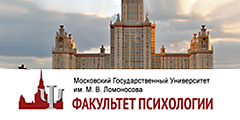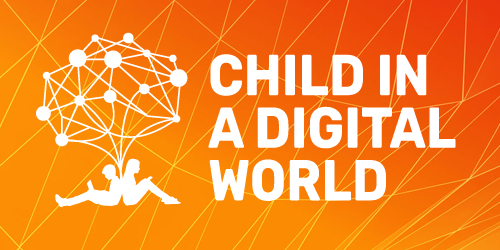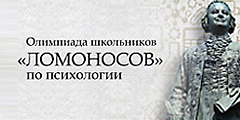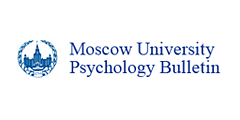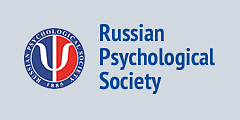Psychology of ethno-cultural issues
-
Pilot study of the influence of a communicator’s speech characteristics on a recipient’s willingness to maintain interaction in cross-cultural online communication
-
Comparative analysis of Canadian multiculturalism policy and the multiculturalism policies of other countries
-
Intercultural relations in Russia and Latvia: the relationship between contact and cultural security
-
Intercultural relations in Kabardino-Balkaria: Does integration always lead to subjective well-being?
-
The representation of love among Brazilians, Russians and Central Africans: A comparative analysis
-
Assimilation or integration: Similarities and differences between acculturation attitudes of migrants from Central Asia and Russians in Central Russia
-
On analyzing the results of empirical research into the life-purpose orientations of adults of various ethnic identities and religious affiliati
-
Examining the public’s exposure to reports about ethnic groups in mainstream Russian media
-
Attitude as labor migrants’ social-psychological adaptation factor (Labor migrants from Uzbekistan taken as examples)



